In the realm of interior design, ambient lighting holds an enchanting power, transforming spaces into inviting sanctuaries. Its subtle glow dances on walls and furnishings, creating an atmosphere that soothes the senses and uplifts the soul. With the flick of a switch, ambient lighting weaves a spell, making every room a haven of comfort and elegance, revealing the magic in the art of interior design.
Ambient lighting holds a mesmerizing power within the world of interior design. In this informative exploration, we uncover the enchanting secrets of how the right lighting can transform any space into a haven of style and comfort. Join us as we dive into the magic of ambient lighting, shedding light on its significance in creating the perfect ambiance.
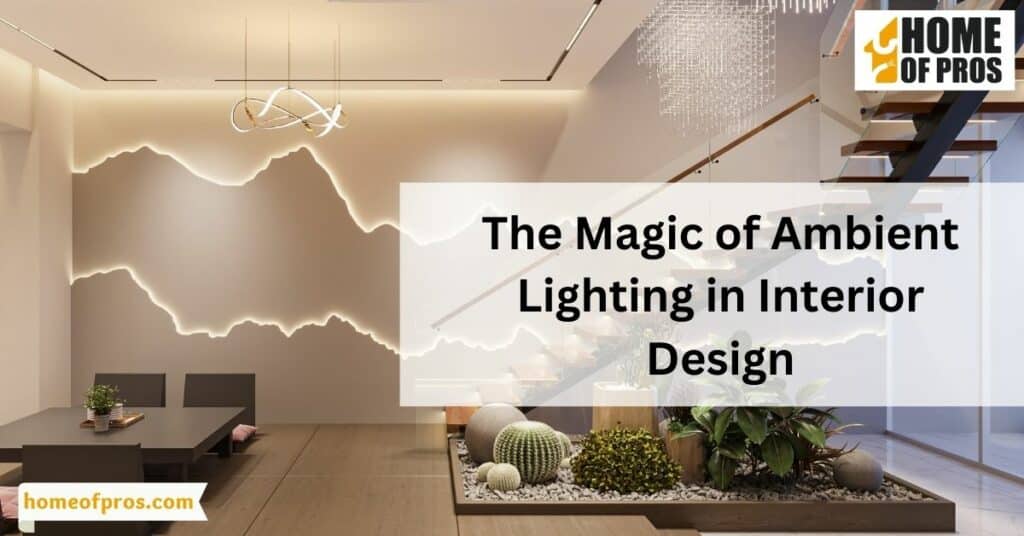
Understanding Ambient Lighting
Ambient lighting, often referred to as general lighting, serves as the foundational element in interior design. It is the gentle, all-encompassing glow that suffuses a space, providing overall illumination. Unlike task lighting, which focuses on specific activities, or accent lighting, which highlights particular features or objects, ambient lighting’s primary purpose is to create a balanced and comfortable environment.
It sets the stage, allowing other lighting types to shine when needed while ensuring a seamless, harmonious atmosphere throughout a room. In this section, we will delve deeper into the essence of ambient lighting, unraveling its significance and distinct characteristics in the world of interior design.

The Impact of Lighting on Interior Spaces
In this exploration of “The Impact of Lighting on Interior Spaces,” we’ll embark on a journey to uncover the transformative role that lighting plays in our homes and workspaces. From the psychological and aesthetic effects to innovative trends and practical considerations, let’s illuminate the profound influence of lighting on the places we inhabit.
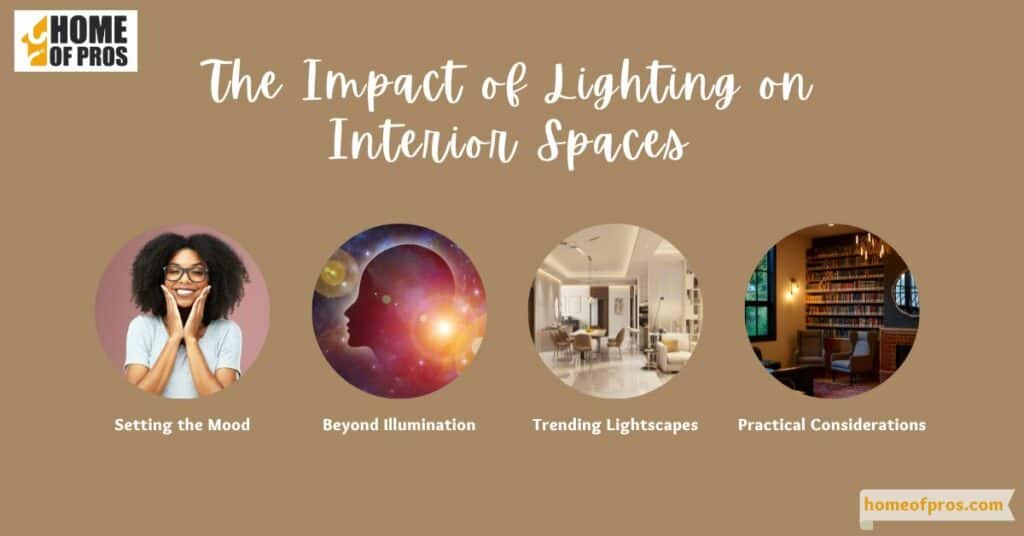
- Setting the Mood: The psychological effects of lighting are profound. It can lift our spirits, create a sense of calm, or energize us. The warmth of a well-placed lamp can evoke a feeling of coziness, while a bright, well-lit workspace can enhance productivity.
- Beyond Illumination: While functionality is crucial, lighting design extends far beyond the mere act of illumination. It’s an art form that can highlight architectural features, showcase decor, and create visual interest. Exploring the aesthetics of lighting allows us to appreciate how it can be used to define style, create focal points, and contribute to the overall design narrative of a space.
- Trending Lightscapes: The world of lighting design is constantly evolving, driven by technological advancements and design innovation. From smart lighting systems that adapt to our needs to sustainable and energy-efficient options, staying abreast of lighting trends is essential for creating contemporary and eco-conscious interiors.
- Practical Considerations: Selecting the appropriate lighting solutions for a space involves a blend of practicality and creativity. Factors such as the type of room, the activities that occur within it, and the desired ambiance all play a role. We’ll explore the practical considerations that guide our choices in lighting, from fixture selection to placement and brightness levels.
Lighting is not merely functional; it is a vital design element that can sculpt our experiences, enhance our emotions, and elevate the aesthetics of our surroundings. In this journey, we invite you to discover the art and science of lighting, and how it can truly transform any space into a harmonious and inviting sanctuary.
Types of Ambient Lighting
Ambient lighting, often referred to as general lighting, forms the foundational layer of illumination in any interior space. It sets the overall tone and ensures that a room is well-lit, providing a comfortable and inviting atmosphere. In this section, we will delve into the various sources of ambient lighting, from the timeless influence of natural light to the innovative technologies and fixtures that help create the perfect luminous backdrop.
1. Natural Light: The Timeless Elegance
Natural light remains one of the most coveted and cherished sources of ambient lighting. It has a unique ability to change throughout the day, casting a warm, dynamic glow that connects the interior with the outside world. Large windows, skylights, and strategically placed glass doors are common ways to invite natural light into a space. Natural light is exceptionally effective in creating a sense of openness, enhancing colors, and fostering a connection to nature, making it ideal for living rooms, kitchens, and workspaces.
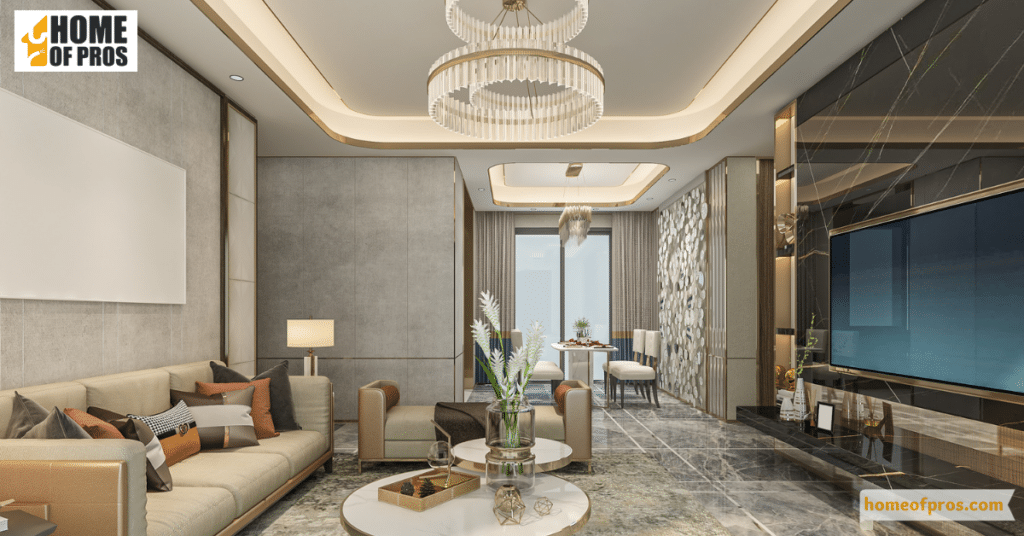
2. Ceiling Fixtures: The Illuminating Crown
Ceiling fixtures, including chandeliers, flush-mount lights, and pendant lights, are stalwarts of ambient lighting. They cast a soft, even light that disperses throughout the room. Chandeliers, for instance, add an element of grandeur to dining rooms and foyers, while pendant lights can define and illuminate kitchen islands or dining tables. Ceiling fixtures are highly versatile and can be selected to complement various interior design styles, from classic to contemporary.
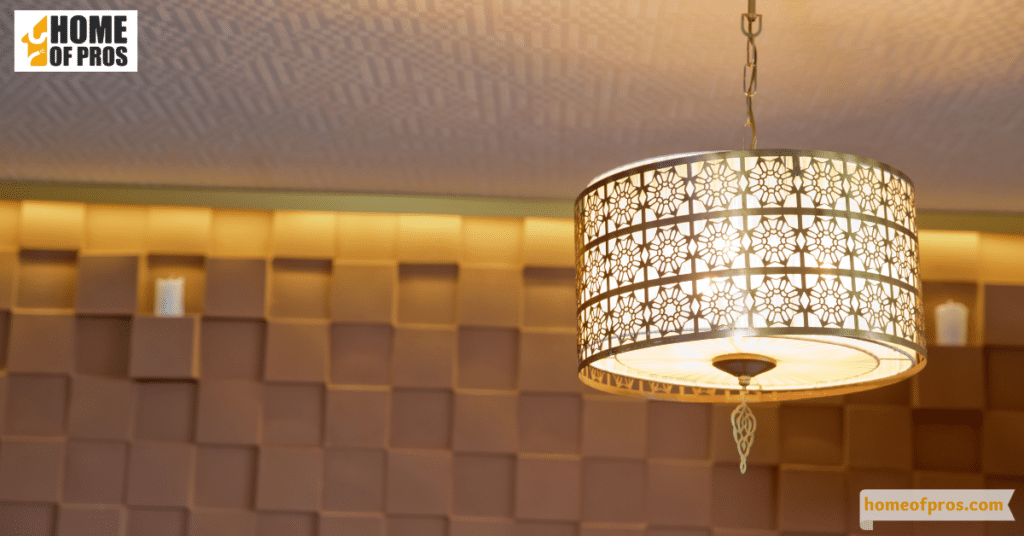
3. Wall Sconces: Artful Luminosity
Wall sconces offer an elegant way to create ambient lighting while also doubling as decorative elements. These fixtures are mounted on walls and direct light both upward and downward. Wall sconces can be used to accentuate architectural details, highlight artwork, or provide gentle illumination in hallways and bedrooms. Their versatility and ability to create a subtle play of light and shadow make them a popular choice for ambient lighting.
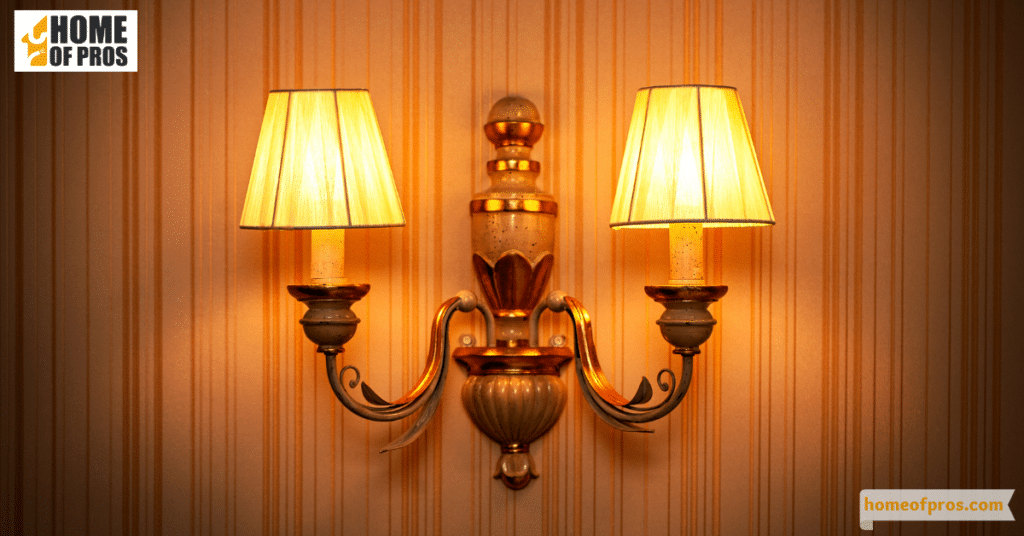
4. Recessed Lighting: Sleek and Subtle
Recessed lighting, also known as can lights or downlights, is discreet and unobtrusive. These fixtures are installed into the ceiling, creating a seamless look. Recessed lighting provides even illumination without drawing attention to itself, making it a suitable choice for minimalist and modern interiors. It is often used in kitchens, bathrooms, and hallways to offer general lighting without cluttering the visual space.
Ambient lighting draws its strength from a diverse array of sources, each with its own unique charm and functionality. Whether it’s the timeless allure of natural light, the elegance of ceiling fixtures, the artistic appeal of wall sconces, the subtlety of recessed lighting, or the innovation of technology-driven solutions, ambient lighting has the power to transform spaces, set the mood, and enhance the overall aesthetics of any interior.
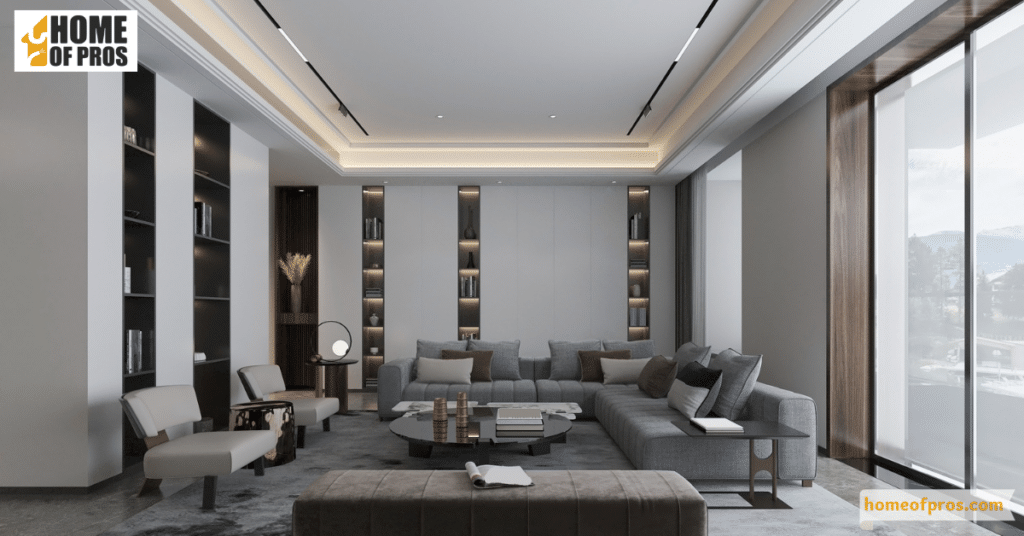
Design Principles and Techniques
Creating a well-balanced and visually appealing ambient lighting scheme in interior design involves adhering to several key design principles. These principles guide the selection, placement, and use of lighting fixtures to achieve a harmonious and inviting atmosphere. Let’s delve into these principles:
| Design Principles for Incorporating Ambient Lighting Effectively | Description |
|---|---|
| Layered Lighting | Combine ambient, task, and accent lighting for depth and flexibility. |
| Uniform Illumination | Aim for consistent lighting distribution to avoid bright or dark spots. Ensure even illumination for enhanced comfort and functionality. |
| Color Temperature | Choose warmer tones (2700K-3000K) for cozy spaces (living rooms, bedrooms). Opt for cooler tones (4000K-5000K) for focus-oriented areas (offices, kitchens). |
| Contrast and Focal Points | Use brighter or warmer fixtures to highlight specific areas or decorative elements. Create visual interest by adding contrast and dimension to the space. |
| Adaptive Control | Incorporate dimmers and smart lighting systems for flexibility and adaptability. Adjust brightness levels and lighting scenes based on different occasions. |
| Consider Ceiling Height | Select fixtures proportionate to ceiling height for balanced illumination. Opt for larger fixtures for taller ceilings and recessed/flush-mount for lower ceilings. |
| Consistency with Design Style | Ensure lighting fixtures align with the overall design style of the space. Complement the aesthetics for a cohesive and visually appealing ambiance. |
Adhering to these design principles ensures that ambient lighting is effectively integrated into interior spaces, enhancing both functionality and aesthetics.
Conclusion
By understanding its nuances, we unlock the key to creating inviting, harmonious environments. The benefits are clear: enhanced mood, spacious perception, design harmony, versatility, and energy efficiency. As we bid adieu, we urge you to embrace ambient lighting’s magic in your own home. Illuminate your spaces, and let the warmth and elegance of carefully curated lighting elevate your surroundings, making every moment extraordinary.












